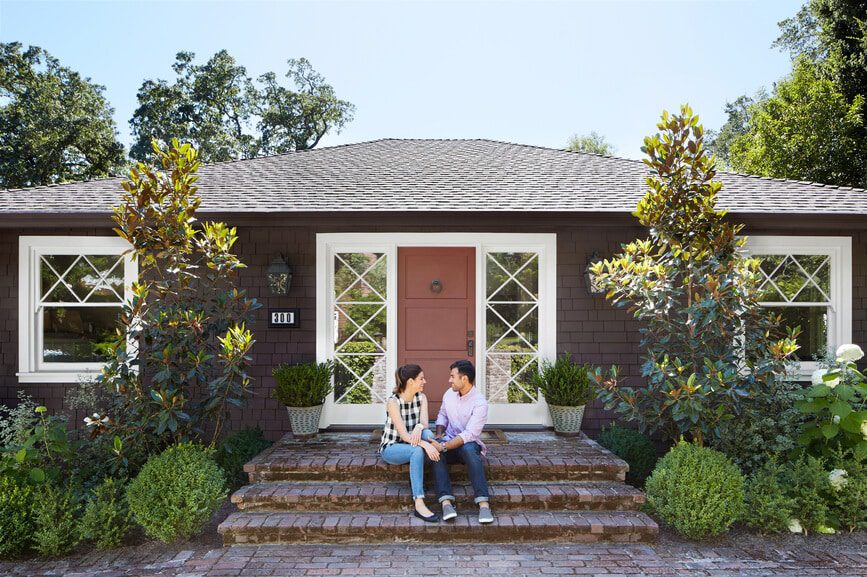Is it time to buy solar panels for your house?

The cost of home solar panels have come down, tax breaks have come in, and electricity derived from fossil fuels (i.e., most of the electricity in the country) is still damaging the planet we call home. So should you go solar?
To help you decide, we’ve broken down the major considerations of a solar energy system and how to consider them. Read this article and you’ll be equipped to make the decision. (Oh, and if you’re in a clean energy frame of mind, pondering the same questions about getting an electric car, we’ve got you covered.)
A note: This article is about installing solar panels as a source of everyday power; ideally as replacement for electricity from the grid. If you’re interested in having solar for backup power in the event of a blackout, this article will still be very useful, but you’ll also need to find out about battery storage. There’s a comprehensive piece about that here.
What to consider
Where you live
If you live in an apartment building, you may not have the right to install solar panels on the roof (which is where you’ll want to put them). Find out what options you have before getting much deeper.
If you own a house, you’ll want to have between 300-500 square feet available on your roof or in your yard. Assuming you have that amount of space, it’s time to call in the experts.
The market
When purchasing solar, you should get multiple quotes — at least 3; more is better — because prices can vary substantially.
And you’re not just comparing labor costs. Most installers only have inventory from a handful of providers, so getting multiple quotes is the best way to make sure you have a decent selection of options for what will end up on your roof. These websites can help your comparison shop installers: EnergySage; SolarReviews.
While you’re getting the quotes, ask the installers if your house is suitable for solar. Having space for the panels is one thing, but that space also needs to get enough sun.
When assessing the amount of sun, remember to be creative. If your roof is too shady because of overhanging trees, can they be trimmed or removed? If your roof is too weak for the solar panels, can it be fixed?
Because of the tax credit (see below), you could potentially save 30% of the roof-fixing cost if you do it as part of the installation of solar panels. (This also means that if your roof needs fixing anyway, that could be an argument in favor of going solar).
When shopping around, ask installers what the system will cost per watt (referring to the system’s electricity-generating capacity.) That way, if you find yourself comparing systems with different outputs, you can still effectively compare their prices.
The cost
Purchasing and installing solar panels usually costs between $15,000 and $25,000. Once you’ve received some quotes, you’ll have a more precise idea of whether they fit your budget.
But be aware that, because of the federal Inflation Reduction Act of 2022, you will probably be able to claim 30% of the installation costs as a tax credit. In addition to that, many states and cities have their own incentives. To find out about the options where you live, go to this database.
Can you feed the grid?
Because solar panels only produce energy when the sun is out, you may need another source of electricity when it’s dark (unless you really, really like candles). Panels often produce more energy than you’ll use in the daytime, so for your energy bills to be essentially free, you’ll want to be able to sell your excess energy back to the grid during the day, then get power from it during the night.
This is not possible everywhere, so check with your local utility providers. (And if it’s not an option for you, consider battery storage.) Selling your surplus energy to the grid is known as “net-metering.” Note that you are unlikely to ever receive actual money for selling excess energy to the grid: you’ll get credits.
Therefore, you’ll just want a system that can provide nearly all the power you need, but not too much more. After all, you’re powering your home, not building a power plant.
The savings
Once you know the cost of solar panels and installing your solar equipment, you need to work out what your savings will be. Look at your energy bills to work out what you spend on electricity per year. Then divide the price of your solar kit by your annual electricity bill.
Assuming that you can sell your excess daytime energy to the grid, this number should be the amount of years that it will take for your solar panels to effectively pay for themselves. After that, it’s all savings. Typically, a solar set up should pay for itself within 10 years. It quite possibly could be less, depending on your current electricity bills.
What if you sell your house?
Getting solar panels isn’t like buying lawn furniture — you’re not taking them with you if you sell the house.
But will having solar panels make your house harder to sell? Apparently not. There are several studies that suggest that having solar power can increase the value and desirability of a house that’s up for sale.
This suggests that even if you install solar panels and then sell the house before they have paid for themselves, you should recoup some of the investment — perhaps most or even all of it — when you sell.
So, is it time to buy solar panels for your house?
If you own your home, can afford the upfront purchase and installation costs, and you’re able to install enough panels to cover your electricity needs, it is probably a good idea to install solar panels, provided the math works out in your favor over the long haul. (Or even the medium haul.)
But what if you can’t?
If you’d like to have solar power but can’t install it where you live, you might be able to join a community solar program, especially if you live in Florida, Massachusetts, Minnesota or New York.
These programs basically allow you to buy solar power from local panels, which might be in a field or on a roof. You can usually sign up for free, leave without penalty, and get power more cheaply than from your local utility. Oh, and it’s good for the environment, too.





